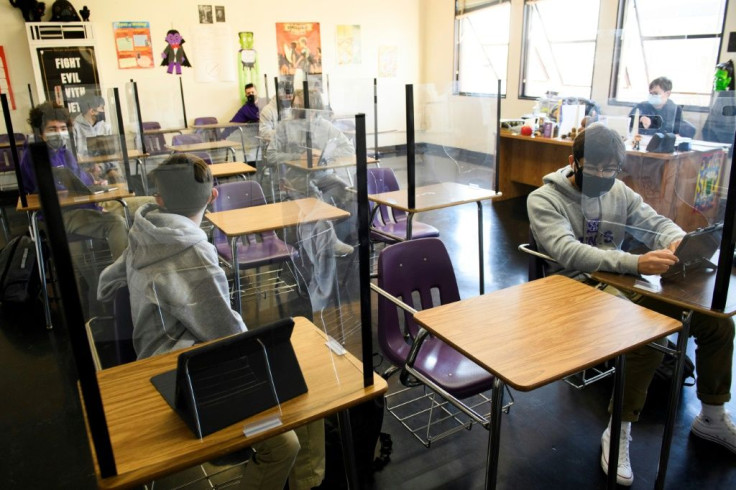The SAT Is Going Online; How Will That Affect Students?
The College Board announced on Tuesday that it will deliver digital versions of the Scholastic Aptitude Test (SAT) on a nationwide scale after being piloted last year with positive results. The new online SAT will go international in 2023 and be available in the U.S. by 2024.
Up to 80% of students found the online version of the test, which is still administered in person, less stressful than the physical version of the test. The digital format features fewer questions and a shorter time frame as the board is shortening the test period from three hours to two.
The test will also feature shorter reading passages with only a single question tied to each, and “reflect a wider range of topics.” Unlike past tests, the online version will allow a calculator for the entire math section.
With the online test, students and educators will get results back in days instead of weeks. Computers will also be available to all students, regardless of whether they or the school have access to a laptop.
The online test is also more secure, with the College Board acknowledging that “with the current paper and pencil SAT if one test form is compromised it can mean canceling administrations or canceling scores for a whole group of students. Going digital allows every student to receive a unique test form, so it will be practically impossible to share answers.”

The College Board also promised to provide students with more resources and information on higher education options like two-year colleges, workforce training programs and other career options for those who would like to go into the workforce sooner.
“The greater flexibility in administering the test will expand access to SAT School Day, which research shows increases college-going rates for low-income students,” Ronné Turner, vice provost for admissions and financial aid at Washington University in St. Louis, remarked on the news based on research from the Brookings Institution.
Teachers also reported a positive experience of 100%, according to the College Board. However, many of the fundamental aspects of the test will stay the same as high school or college-age students will not be able to take the test at home.
Since many colleges and universities in the U.S. have transitioned to a test-optional admissions process during the pandemic, the move to an online version of the test is a way to make it more accessible and relevant to current applicants. In fact, 83% of students said they wanted an option to send their scores to higher education institutions.
“With input from educators and students, we are adapting to ensure we continue to meet their evolving needs,” Pricilla Rodriguez, vice president of college readiness assessments at The College Board, said in the news release.
Many national or state-based standardized tests are still taken with a physical test booklet for bubbling answers with a No. 2 pencil.
© Copyright IBTimes 2024. All rights reserved.





















